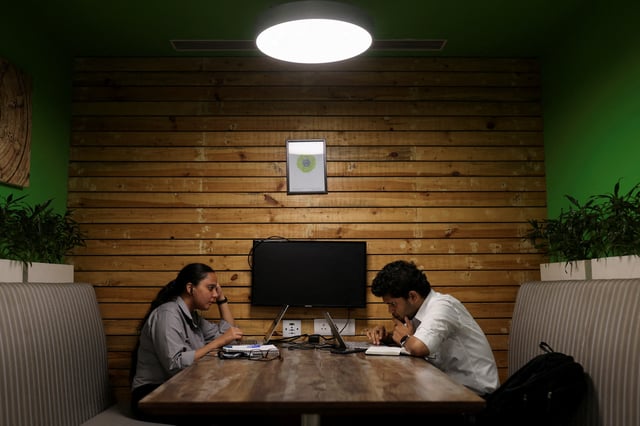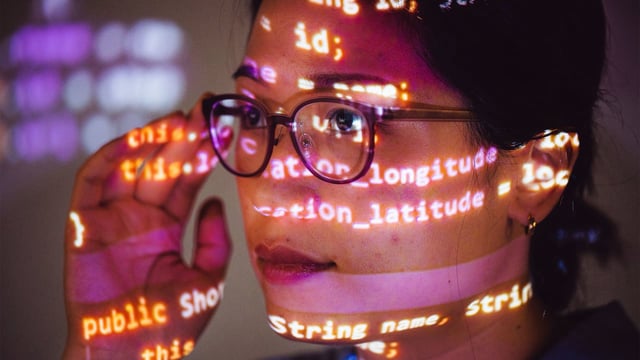Overview
- The UN International Labour Organization (ILO) and Poland’s National Research Institute (NASK) report finds 9.6% of female employment is at high risk of automation compared to 3.5% of male employment.
- Globally, approximately 25% of jobs are exposed to generative AI, meaning a significant share of tasks within these roles could potentially be automated.
- Administrative and clerical jobs are the most vulnerable, with media, software, and finance roles also facing notable automation risks.
- The study emphasizes that AI exposure signals task-level automation potential rather than the immediate elimination of entire occupations.
- Researchers have developed a replicable methodology combining human insight, expert review, and AI models to assess workforce risks and guide policy responses.



